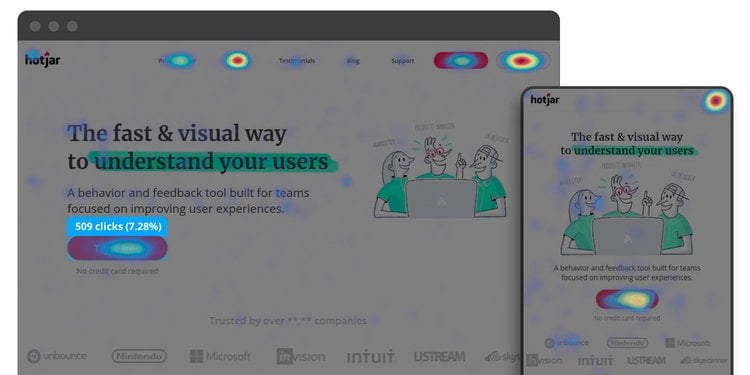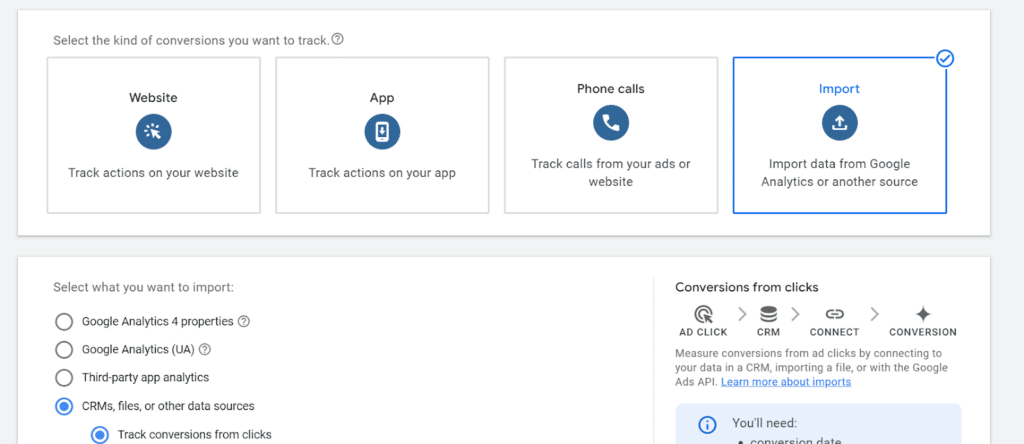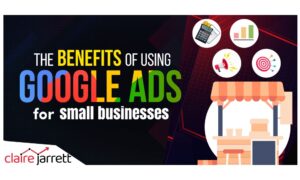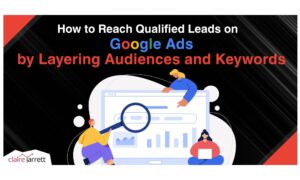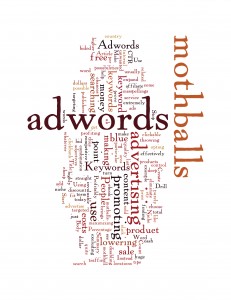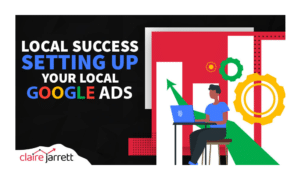Advanced Strategies for Maximising Google Ads Effectiveness
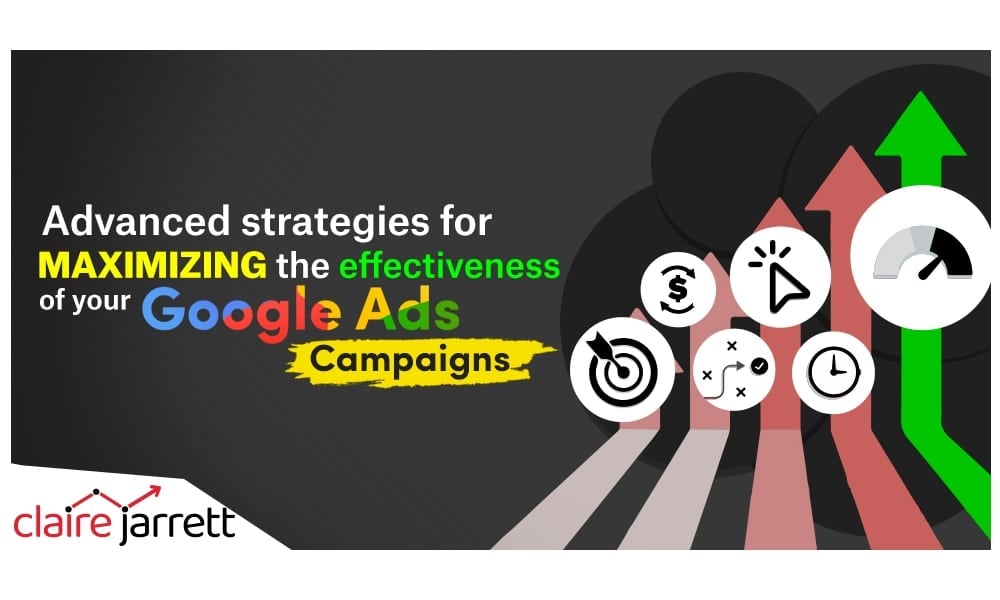
Last Updated on: 16th May 2025, 01:23 pm
If you want to maximise the effectiveness of your Google Ads, increasing your budget isn’t the only option on the table. Since 2008, I’ve managed thousands of Google Ads campaigns and discovered advanced strategies that make every penny in your budget go further.
Today, I’ll show you my favourite advanced strategies for Google AdWords:
- Attracting your ideal customers with long-tail keywords
- Combining keywords with audience targeting
- Increasing Google Ads bids for the right leads
- Optimising for higher order values
- Excluding poor placements, keywords, and match types
- Optimising your Quality Score with heat maps
- Testing the right things and getting actionable insights
- Tracking your campaigns for even clearer insights with conversion tracking tips
1. Maximise Your Google Ads Effectiveness with Ideal Prospects’ Long-Tail Keywords
Cast a wide net, and you’ll waste time separating the wheat from the chaff. Instead, I want you to look at your campaigns with only one optimisation question in mind:
“Who are my best customers?”
As I tell my B2B marketing consulting clients, you don’t want “potentially good” customers. You don’t want the “okay” customers. You want people who have demonstrated that they’re a good fit for your business. In most cases, you’ll look at the accounts with the highest annual contract value or average order value.
Then, understand their keyword journey: which keywords do they use when they’re 99% sure about their purchasing decision?
These could be branded keywords (when they’re comparing you to competitors), searches that include specific criteria (e.g., “marketing software for product-led growth teams”), or pointed questions (e.g., “how to break down stakeholder data silos in SaaS organisations”).
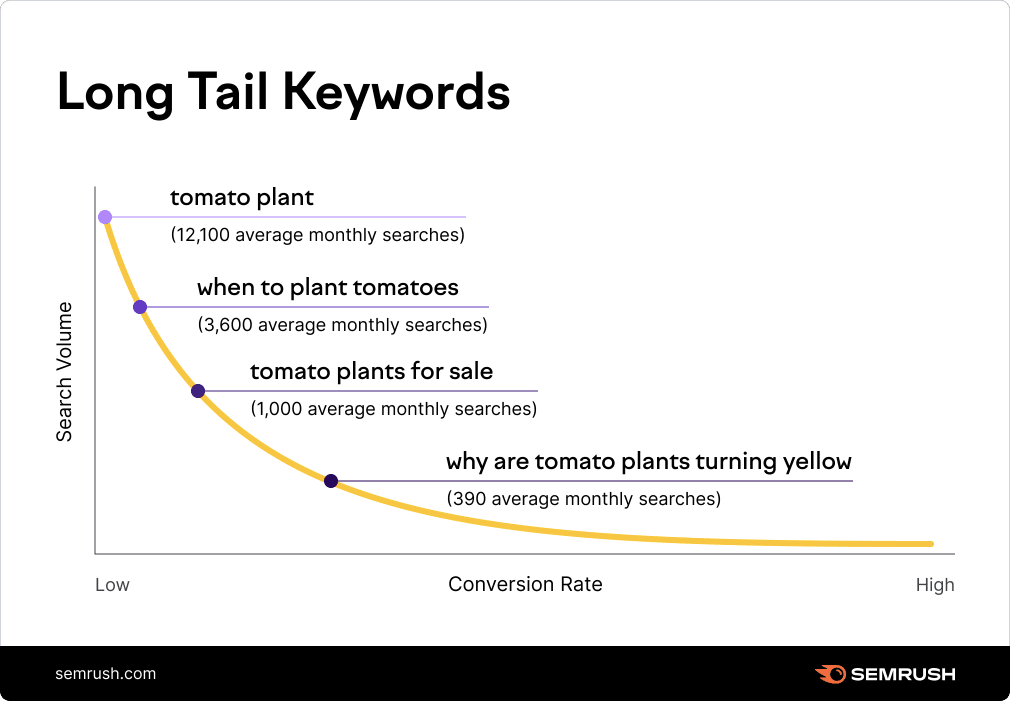
2. Combining Keywords with Audience Targeting for Maximising Google Ads Effectiveness
Google Ads isn’t an either-or platform, where you can only use keywords or only use the mystical Google Ads audience targeting. You can combine them through the Google Ads audience layering tactic I explain here!
First, define your audience. You can also create custom audiences from website visitors, customer lists, or past interactions. Then, find high-intent keywords that align with your audience’s search behaviour.
Finally, apply audience lists to specific keywords.
For example, target users who previously purchased from you while focusing on keywords related to new products, so your ads resonate with both intent and familiarity.
You can also combine keywords with in-market audiences, allowing you to target users actively researching or comparing products, meaning they’re likely to make a purchase soon.
3. Selectively Increase Bids to Maximise the Effectiveness of Google Ads
I often talk about the overall wonders of remarketing (i.e., reaching the people you already reached with your ads or who visited your website). However, when you want to maximise your Google AdWords’ effectiveness, you should look at one very special audience segment:
Qualified leads who engaged with your content.
For example, if I ran a YouTube ads campaign, I would separate the viewers who watched more than 10-15 seconds of my video into a specific remarketing list. Then, I’d create a display remarketing ad to contact them again with a special offer.
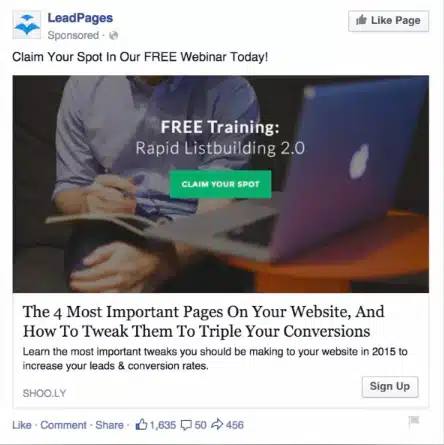
Similarly, you could run remarketing ads for people who initially engaged by:
- Adding products to the cart and abandoning it
- Downloading your lead magnet
- Subscribing to your mailing list
- Visited high-value pages on your website
- Spent a lot of time on your website
And so on! You can get this data by setting up your Google Analytics and GA4 integrations.
If these leads have demonstrated they fit your ICP and shown the behaviours you value as conversion drivers, create a remarketing list and adjust your bid for their clicks (the Audiences tab -> Audience segment -> Bid adjustment).
I tell my Google Ads coaching clients to start slow by adjusting their bids by around 5-10%. Then, reevaluate based on the results.
P.S. You can perform bid adjustments for locations, calls, times, demographics, and devices (in addition to remarketing lists) if you notice some are more profitable.
And on that note…
Let CPA and ROAS Lead the Way
CPC and CPM are useful bidding metrics, but only if you’re a beginner. As you start to get more data on your campaigns and conversions, switch them out for the more actionable bidding methods like CPA (Cost Per Acquisition) and tROAS (Target Return on Ad Spend).
Segment your campaigns by product categories, audiences, or devices, and set custom CPA or ROAS goals for each. For example, raise mobile bids if they deliver higher ROAS, or adjust keyword bids if certain terms consistently exceed target CPA.
Getting started with these two methods means clearly defining your goals.
For lead generation, a target CPA ensures each conversion stays profitable by limiting acquisition costs. However, if you’re primarily focusing on revenue (for example, in eCommerce), the target ROAS bidding method will help you maximise returns.
4. Leverage User Behaviour Targeting to Optimise for Higher Order Values
There are two ways to use customer behaviour to maximise your Google Ads ROI:
- Use the integrated in-market audiences solution, or
- Intercept your previous or existing customers when they perform new searches or look up your competitors.
How to Maximise the Effectiveness of Your Google Ads with In-Market Audiences
Generally, the best way to see a higher ROI fast is to focus on the bottom-of-the-funnel audiences, i.e., leads ready to make a purchase. This is a life-saver especially in B2B Google Ads, where we know that the sales cycles tend to be longer.
In-market audiences, a Google Ads targeting type where Google identifies people in the market for your solution (based on their search history, browsing patterns, etc.), help.

As with any AI targeting, it can be a double-edged sword. Google won’t show you its specific targeting, so monitor your results and course-correct if needed.
Intercept Your Customers When They Want to Buy More
Another reason remarketing lists are wonderful is that they allow you to role-play as an Account Executive – programmatically.
Add your best existing customers to the list and start serving (loyalty) ads to them when they perform searches for relevant keywords or competitors. (Set up the parameters and start running campaigns from the Configure -> Audiences tab.)
Pro tip: Already using remarketing lists and in-market segments? Stack them up for razor-sharp targeting!
Use GA4 to Create Predictive Audiences in Google Ads
GA4’s predictive metrics, like purchase probability and churn probability, help you identify high-value users and target them within your Google Ads campaigns:
- First, enable predictive metrics in GA4. You should set up the necessary conversion events like “purchase” or “signup_completed,” depending on your business structure.
- Then, create predictive audiences in GA4. Go to Admin -> Audiences and establish the parameters.
- Export your GA4 audiences to Google Ads.
For example, you’d be able to increase bids for “Likely to Purchase” users to maximise conversion opportunities or use tailored messaging to re-engage users in the “Likely to Churn” audience.
5. Throw out Everything that Doesn’t Work: Excluding Placements, Keywords, and More!
On the outside, it looks like Google Ads experts are performing magic. Unfortunately – and I’m sorry that there will be no rabbits coming out of my hat today – a lot of our success can be attributed to our campaign hygiene habits:
- Strengthening negative keywords lists
- Excluding poor placements
- Restricting match types
Add More Negative Keywords to Maximise the Effectiveness of Your Google AdWords Campaigns
In addition to blocking your ads from showing up for queries that include words like “free,” “careers,” and “jobs,” you should also look at the keywords that historically haven’t generated qualified leads.
Then, add them to your negative keywords list.
This is especially important if you’re following Google Ads’ “official” optimisation plans, which offer for a lot of automation – including match types.
Exclude Poor Ad Placements
Google’s Display Network is vast. Not every channel will be a good fit. Carefully review placements and their contexts to exclude them where needed — even if you only exclude poorly-fitting ad sizes. Or use Search Engine Journal’s helpful placement exclusion script to do it on autopilot!
P.S. Even pMax now has device exclusions.
Be Careful with Keyword Match Types
Whenever I review the changes coming to Google Ads, it becomes clearer just how intent Google is on reducing keyword transparency. The changed keyword match types are just another signal.
Unfortunately, this often leads to Google serving your ads for irrelevant keywords.
If you’re new to Google Ads, use the strictest keyword match type (exact match) with the keywords your top-quality leads use.
If you try phrase or broad match, strengthen your negative keywords list and monitor your results.
6. Increase Your Landing Page Quality Score with Heat Maps
Oh, to be a fly on my lead’s wall!
Heat maps are the closest you and I will come to peeking over our ideal customers’ shoulders as they study our landing pages.
These nifty tools, like HotJar, monitor how visitors interact with your site so you see where they linger, scroll faster, and exit the page.
In PPC, these insights will help you build a high-converting landing page so your ads’ Quality Score increases (while your CPC goes down).
In the example above, you’d clearly see where you lose the majority’s attention.
If there’s some content they should see, you’d place it above the drop-off point.
Similarly, I love Mouseflow’s software, especially for eCommerce businesses. If you direct your traffic to a category page (not something I’d generally recommend unless targeting a very specific term), you’d see which products the leads are most interested in.
7. Test Your Way to Increased ROAS in Google Ads
Despite setting up everything perfectly in the beginning, it’s just that – the beginning. The real work of campaign optimisation starts with testing, from bidding to ad creatives. My personal favourites? The following two:
Using Multi-Ad-Group Testing to Help with Google Ads
Suppose you’re advertising a fitness app and have a campaign with different ad groups targeting specific interests:
- Ad Group 1: “Workout Plans” – targets people searching for workout routines.
- Ad Group 2: “Diet and Nutrition” – targets those looking for diet plans.
- Ad Group 3: “Home Workouts” – targets people searching for ways to exercise at home.
Now, instead of creating completely different ads for each of these groups, you create a few similar ads with a core message but slightly varied headlines or calls-to-action (CTAs), like these:
- Ad Variation 1: “Get Fit with Custom Workouts! Try our fitness app today!”
- Ad Variation 2: “Your Diet & Workout Plan in One App. Start now!”
- Ad Variation 3: “Home Workouts Made Easy – Download the app for free!”
You can place each of these ads in multiple ad groups to see which variation performs best across different interest areas. For instance, you might find that Ad Variation 1 (about custom workouts) performs well in both “Workout Plans” and “Home Workouts” groups.
Instead of testing ads in just one group, you test them across multiple ad groups. This lets you see which ads work best for different audiences and situations, helping you find ads that perform well more broadly.
Practical Tips for Variant Testing in Google Ads
Analysis paralysis, anyone? As you test creatives, keywords, bidding, and more, don’t forget to only focus on the truly valuable ones, lest you lose sight of what truly matters!
- Don’t test too many variants at once – Start with 2–4 ad variations per ad group to ensure each ad gets enough impressions to produce meaningful results.
- Focus on one element at a time.
- Set clear goals for each test – Have a clear hypothesis and a clear way of gauging success through metrics (e.g., increasing CTR, increasing conversions, etc.).
- Yes, RSAs are testing ads for you, but come up with your copy for the tests, too.
8. But None of This Matters Unless Your Conversion Tracking Is Properly Set Up!
Now that you know what to optimise and test, a big, big disclaimer: you won’t know what’s happening in your account unless your conversion tracking is properly set up!
And with the basics set up, consider…
How Enhanced Conversions Help with Google Ads Campaigns
When a user completes a conversion action (such as making a purchase or signing up), enhanced conversions securely capture and send hashed customer data (like email addresses, phone numbers, or names) directly to Google.
This data is then matched with Google accounts to track conversions more accurately, even if cookies or other tracking methods are restricted.
You’re remaining compliant with privacy regulations, but you’re also benefitting from improved tracking and attribution, as well as clearer bidding strategy optimisation insights.
What Is Offline Conversion Import and How Does It Adjust Conversion Values?
If you don’t only track conversions through your websites and apps, but instead get phone calls or visits to your physical shop, you wouldn’t typically be able to have Google Ads register these as conversions.
However, with offline conversion import, you close the loop between online advertising efforts and actual sales or conversions that occur offline.
Complicated Funnels? Not a Problem with Google Ads Conversion Sets
One of the key things my Google Ads clients who run SaaS businesses “complain” about is the different values of different conversion types.
For example, they typically have the initial free signup. After that, the next conversion package is the first payment. From there, there’s the upgrades.
Enter: Google Ads Conversion Action Set!
With the Conversion Action Set, you can:
- View overall performance for related conversions
- Optimise your bids based on the combined value of all the conversions in that set
- Customise goals for different campaigns
- Control which conversions are counted for the overall campaign performance
For example, you can prioritise paid signups – as opposed to only free signups.
The Science (and Art) of Maximising the Effectiveness of Google Ads
Maximising the effectiveness of Google Ads has two components: making the most of your existing campaigns, data and customers, and deciding what to focus on.
As a PPC Consultant, I recommend defining your ideal customer profile before you do anything with your Google Ads. Then, start conservatively – preferably with search campaigns, to gather data.
Once you’ve identified how your ideal customers behave, you’ll know how to optimise for user behaviour, intercept customers, run powerful remarketing ads, and much, much more.
If you want to learn how to quickly set up a profitable campaign, get your copy of my best-selling Google Ads book! Or get in touch with me for personalised advice. I’d love to help!


